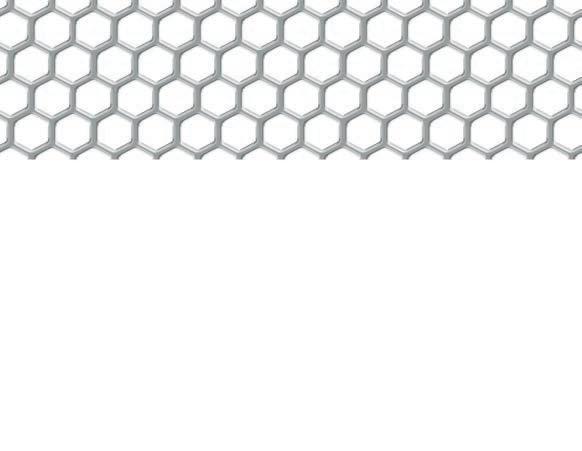
8 minute read
Hazmat IQ: “Old School
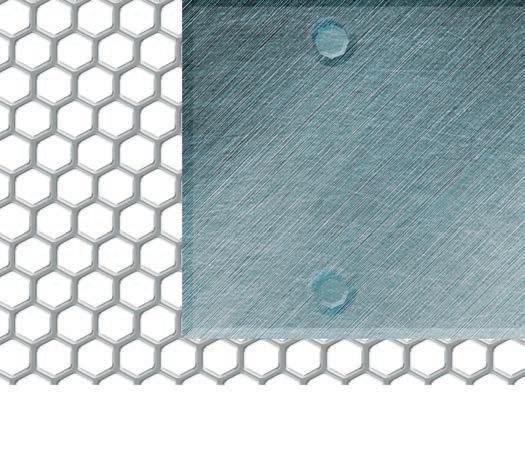
BY STUART WEST, TORONTO FIRE ACTING CAPTAIN, STATION 111-B
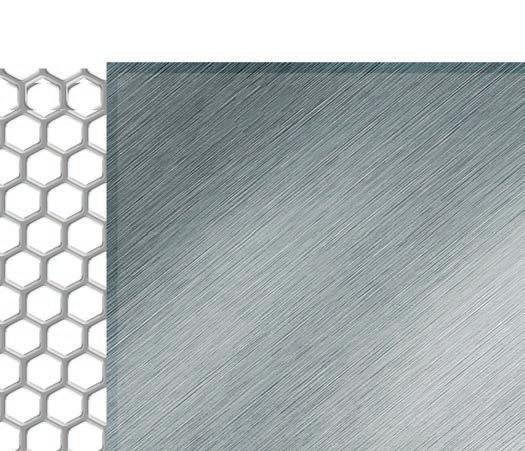
I was asked to write an “old school” themed article for this edition of Hazmat IQ. It was suggested that the topic of discussion could include the ways in which Hazmat response in the fi re service has changed over the years. Happy to oblige, I began to think about all the ways in which Hazmat response has changed. Although the fi re service has been responding to Hazmat related calls for well over 100 years, organized Hazmat response is still relatively new, having a history of approximately 40 years.
The most profound changes that have occurred have clearly stemmed from the professionalization of Hazmat response, including the new technologies that have become available. These technologies have brought us many new types of detection and identifi cation equipment, in addition to vast resources available in terms of research for chemical information. As a response to the September 11th terror attacks in 2001, federal monies became available to provide funding for new training programs and equipment acquisition.
In response to this new threat, a new adjunct to Hazmat response was created: Chemical, Biological, Radiological, Nuclear, Explosive (CBRNE). Previously, CBRNE had largely been something only the military was concerned with. Within North America, large scale, coordinated terrorist attacks were now seen by intelligence agencies as being not just possible, but probable.

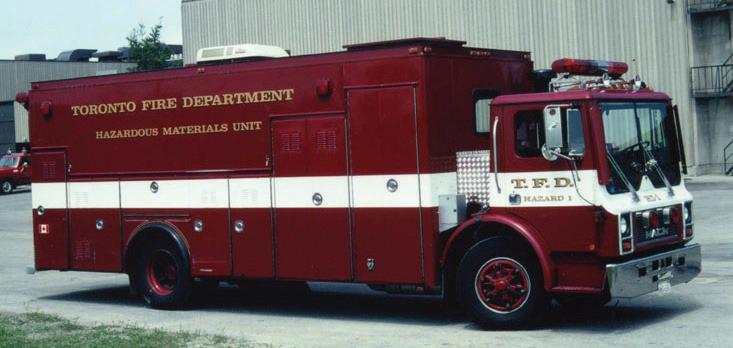


Many of the changes and advancements in Hazmat response have been spawned as a reaction to a particular event that saw a loss of life and injury to people, a great deal of property damage, and harm to the environment. We have also seen this occur previously in terms of Hazmat in our very own province of Ontario. The Mississauga train disaster on November 11th, 1979, and the Sunrise Propane explosion on August 10th, 2008, are two such events that come to mind. Both of these events led to positive safety changes in their respective industries and brought greater awareness as to the destructive capabilities of chemicals that are transported on our railways, roadways and manufactured and processed in our neighbourhoods. All levels of government have also gotten involved and provided more regulations on how these chemicals can be shipped and stored. Over the years, we have seen a clear expansion of the role of our Hazmat responders. There are quite literally thousands and thousands of chemical compounds, with new ones being created all the time.
It is without question that some of the greatest changes between the old days of Hazmat response and today are some of the new technologies that are now being utilized. The lab has now been effectively brought into the fi eld, as the same technologies that can be found to analyze samples in our chemical laboratories, have been made portable and more rugged. I would like to highlight some of these “toys” that are being deployed by our Heavy Hazmat response vehicles, for those members who may not already be aware. The “TOYS”
Hazmat ID 360/Hazmat ID Elite
The “Hazmat ID 360” and its newer version, the “Hazmat ID Elite” utilize Fourier Transform Infrared Spectroscopy (FTIR) to analyze unknown liquids and solids. The sample is analyzed, and the resulting spectrum is then compared to the onboard libraries consisting of databases of thousands of spectra including narcotics, explosives, toxic industrial chemicals, chemical warfare agents, among others. This piece of equipment is part of our CBRNE compliment but is also effective for identifying unknown chemicals in Hazmat response.

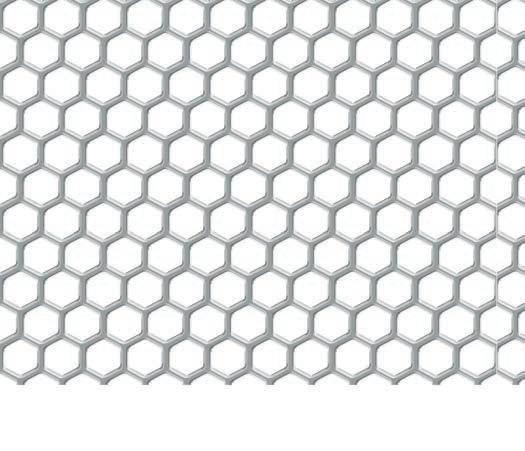
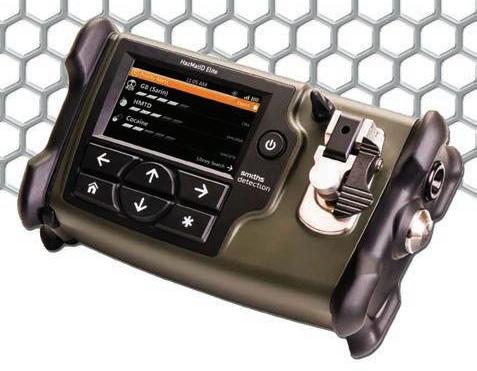

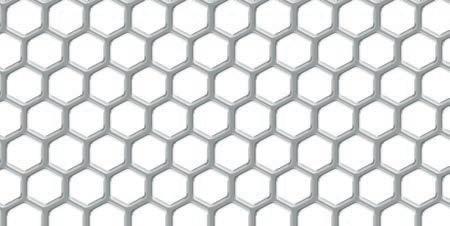
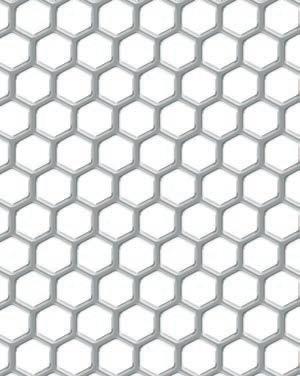
Responder-Raman Chemical Identifi er
The Responder RCI utilizes Raman technology to analyze unknown solids and liquids and was brought in to compliment the Hazmat ID, as they both have different methods of analysis. When working in concert with one another, and with Bluetooth technology, a higher degree of technology, a higher degree of confi dence can be attained. confi dence can be attained. Unlike the Hazmat ID, the Raman Unlike the Hazmat ID, the Raman device uses a laser to analyze the device uses a laser to analyze the sample and is completely selfsample and is completely selfcontained. The Raman device contained. The Raman device compares the sample compares the sample spectrum to its onboard libraries, numbering in the thousands of spectra, as does the Hazmat ID.
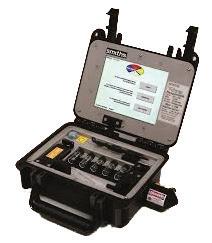


When Old Toronto Fire Station #9, on Ossington Avenue, was decommissioned over 50 years ago, the four clocks that adorned the tower went missing. Councilor Joe Cressy had a motion passed in July 2019 to have municipal departments help the Ossington Community Association fi nd them and make them part of an exterior revitalization of the heritage building and its grounds. If you have any information on this “municipal mystery”, please contact the Association.

LCD 3.3 Chemical Warfare Agent Detector
The LCD 3.3 is a Chemical Warfare Agent (CWA) vapour detector, designed to rapidly identify airborne CWA’s including nerve, blister, blood and CWA’s including nerve, blister, blood and choking agents, in addition to a select number choking agents, in addition to a select number of toxic industrial chemicals including Chlorine, Sulphur Dioxide, Phosgene and Hydrogen Chloride. The LCD 3.3 utilizes Ion Mobility Spectrometry to “see the gas”. Although the LCD 3.3 is also part of our CBRNE equipment, it can also be used to compliment our other vapour detection equipment in certain Hazmat situations.
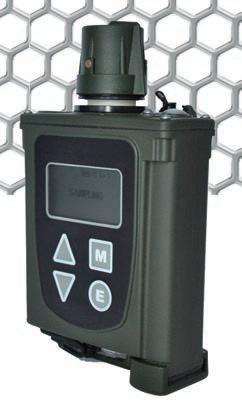


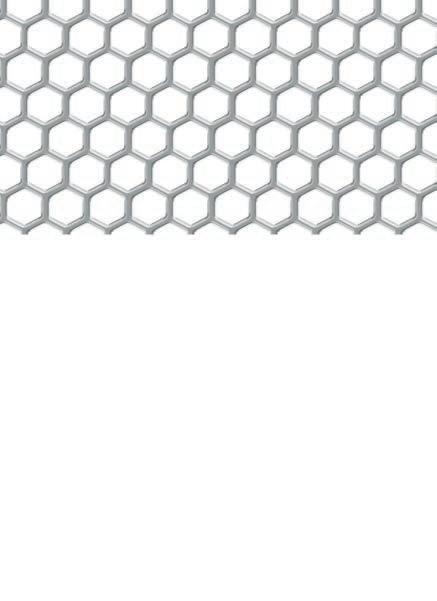
Radseeker Radioisotope Identifi er
The RadSeeker is a handheld, portable, rugged and highly accurate radioisotope detector and identifi er. The RadSeeker can be used during a search or screening scenario in order to detect radioactive sources, and then clearly identify whether the radioactive material uncovered is harmless, naturally occurring radiation or a more dangerous source, such as special nuclear materials or those consistent with a “dirty bomb”. For each source identifi ed, the RadSeeker provides a risk assessment, describing the source as innocent or a threat. The RadSeeker is one of our newest pieces of equipment and is primarily for CBRNE responses.
In addition to the latest technologies available for detection and identifi cation purposes, we have also seen great changes in how we conduct chemical research when arriving on scene to a potential Haz/ CBRNE event. Gone are the days when the Haz Techs could be seen furiously leafi ng through large binders and textbooks, looking for a particular chemical. Both Heavy Haz vehicles have a laptop and an iPad, complete with selected apps and websites that make researching chemicals all too easy. chemicals all too easy.
Modern technological advancements have improved all facets of Hazmat response. Improvements improved all facets of Hazmat response. Improvements have been made to our protective gear, our Hazmat have been made to our protective gear, our Hazmat vehicles, SCBA’s, etc. Much of the newer equipment vehicles, SCBA’s, etc. Much of the newer equipment has interconnectivity, Bluetooth, or Wi-Fi. These has interconnectivity, Bluetooth, or Wi-Fi. These improvements enable us to meet the ongoing challenges improvements enable us to meet the ongoing challenges presented by hazardous materials in our modern world. I think many of you would be surprised if you knew the amount and varied types of hazardous chemicals being used in many of the workplaces in our running areas. It is a certainty that there will be more Sunrise propane type incidents in the future in our city. This is not a doom and gloom premonition, but a reality based, factual statement. There is simply too much product being produced, processed, and travelling on our roadways and railways for there not to be a major incident at some time. I would encourage all crews to get to know the chemicals that may be in your fi rst call areas.
Lastly, I would like to give a shout out to some of the pioneers of Hazmat/CBRNE response in the City of Toronto. These individuals did not benefi t from the technological advancements of today that make our job safer. While even today we do not have the ability to detect every chemical compound in existence, years ago the detection equipment was much less reliable and far less capable. Many times, they also had to develop their own procedures and SOG’s, without the benefi t of an existing framework. This list of names is undoubtedly incomplete; however, I would like to recognize the following individuals for their contributions to Hazmat/CBRNE in the City of Toronto: Rick Brown (Retired), Platoon Chief Rob Pennington, District Chief Bruce White (Retired), District Chief Bill Cooney, Div. Chief Rem Gaade (Retired), Platoon Chief Don Beam (Retired) and District Chief Bob Crawford (Current Chatham Fire and EMS Chief). EMS Chief). Stay safe.



